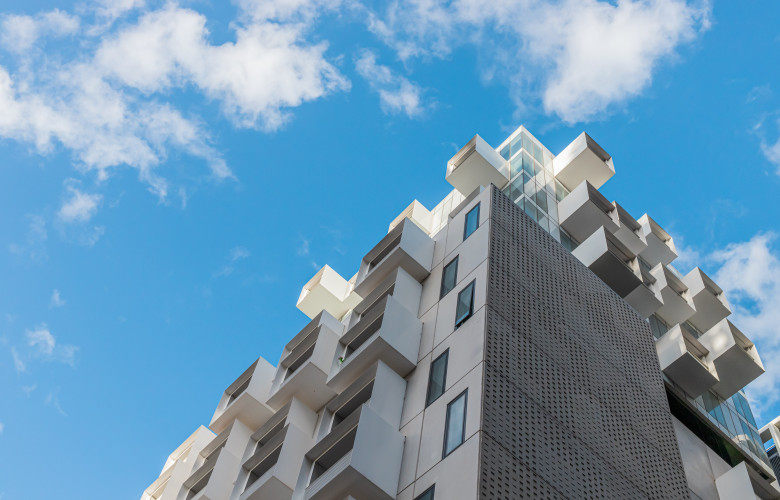John McGrath – All signs point to growth in Melbourne & surrounds
Contact
John McGrath – All signs point to growth in Melbourne & surrounds
John McGrath, founder and executive director, McGrath Estate Agents says Melbourne and surrounding regional areas are showing signs of potential growth and are likely to bounce back as they have after past crises.
It’s been a great couple of weeks for the market in Melbourne and surrounding regional areas, with all signs pointing to growth. Multiple days of no new cases or deaths since restrictions were eased have given buyers and sellers a confidence boost, as has the news last week that Pfizer’s vaccine candidate is 90% effective.
The ‘ring of steel’ separating Melbourne and surrounds is gone and city dwellers can travel beyond 25km from their homes, which will now fully ignite the regional relocation trend that has been held back in Victoria due to the second wave whilst progressing strongly in NSW and Queensland.
Now that city dwellers can travel to personally inspect potential new homes in key lifestyle areas like the Mornington Peninsula, Geelong and Ballarat, I think we’ll see a spike in sales and values soon.
As outlined in our newly released McGrath Report 2021, the property market in Australia’s fastest growing city has been more deeply affected by COVID-19. There were more job losses and the international border closure hit Australia’s most popular city for new arrivals hard.
The pandemic interrupted an exceptional run in Melbourne, with home values recovering rapidly from their floor in May 2019 to just shy of their record 2017 high by Christmas 2019. Over FY20, median prices went up 10.6% for houses to $802,551 and 9.3% for apartments to $575,009.
Between March and October 31, the virus has caused a 5.7% dip in Melbourne home values, according to CoreLogic. However, price falls have been moderating lately, with just an -0.2% drop in October.
Sydney moved back into positive growth last month and now that inspections and on site auctions are underway again in Melbourne, there’s every chance it might do the same in November.
Regional Victoria has shown more resilience during the pandemic, with just an -0.8% fall in home values in the three months to July 31, 2020. There was a further fall of -0.5% in August, prices were stable in September and there was an 0.5% gain in October. Again, all signs point to growth.
Amongst the strongest regional markets are Geelong and Ballarat, where median house prices have risen about 25% since 2017 to $555,000 and $415,000 respectively.
In recent years, jobs growth, business investment, new infrastructure and housing affordability have made these two satellite cities highly attractive to Melbourne families willing to commute back to the CBD each day.
Now, the ability to work remotely from further afield has put many more affordable lifestyle destinations in the spotlight.
Now that the second wave is over and the state is back on the road to recovery, we think Melbourne is likely to bounce back strongly as it has after past crises. CoreLogic describes a ‘substantial over-performance from Melbourne during the post-GFC stimulus fuelled growth phase’. So, watch this space.
To find out which suburbs are Melbourne’s best long term performers, as well as which surrounding areas are proving most popular with regional relocators download the McGrath Report 2021.
The views expressed in this article are an opinion only and readers should rely on their independent advice in relation to such matters.
For more information including articles, checklists, guides and more visit McGrath’s Insights Centre
Similar to this:
John McGrath – Sydney market turns & new infrastructure underway
John McGrath – Has COVID-19 changed real estate forever & my suburb picks for 2021





